Trails and Tangerines: Thru-Hiking Across Jeju Island, South Korea
By Raquel Mogado
I didn’t expect Jeju Island to have such a great thru-hiking trail. After spending a month in the rugged Karakoram mountains of Pakistan, my husband and I were ready for something a little easier. We wanted a walk where we didn’t have to rough it, just take our time, enjoy the scenery, and end each day with a hot shower and a real bed.

Jeju, often called South Korea’s “Honeymoon Island,” is best known for its volcanic landscapes, dramatic cliffs, lush forests, the legendary haenyeo (female free divers), and of course, its sweet hallabong tangerines. But what many people don’t realize is that this small island also offers one of Asia’s most scenic and accessible long-distance walking trails.
The Jeju Olle Trail is a 437-kilometer network of footpaths that loop around the island and stretch to a few offshore islets. Divided into 27 official stages, plus a handful of alternates, it typically takes about a month to complete. It’s a unique mix of nature, comfort, and culture offering everything from wild coastlines and forested oreums (volcanic cones) to tidy minbak (guesthouses), seaside cafés, and home-cooked meals.
Modeled after Spain’s Camino de Santiago, the trail was founded in 2007 by Suh Myung-sook, a former journalist, who wanted to bring a more mindful, pedestrian pace of travel to South Korea. She chose Jeju for its deep-rooted culture, slow rhythms, natural beauty, the fact that it was her home, and for places which are UNESCO World Heritage sites.

Like the Camino de Santiago, the Jeju Olle Trail has its own passport system. Hikers can collect stamps at trailheads and designated rest stops, eventually earning a certificate and a spot in the Jeju Olle Hall of Fame. It’s a lighthearted motivation to hike, although some people get very into it. But if you’re just there for the walk, any piece of paper will do. There's also an app to pair with your trek, though it’s mostly in Korean.
We flew in from Bangkok and started the hike the next morning, picking up our Olle passports at the Ganse Lounge near the airport before jumping onto Route 18 (the route that takes in the airport and Jeju City, the island’s biggest town). That route led us through Jeju’s Old Town and past Goneuldong, the site of the post WWII- April 3rd Massacre. I had read Lisa See’s The Island of Sea Women before the trip, which helped me better understand Jeju’s complex and painful history. Knowing even a little of that context made walking through these places feel deeper and more meaningful.

We skipped Routes 18-1 and 18-2, which cover the offshore Chuja Island, intending to return to them at the end. Instead, we continued from Route 18 through to Route 21, then picked up Route 1 and continued clockwise around the island. The trail never felt repetitive. We walked through a kaleidoscope of landscapes; windswept coastlines, shaded forests, jagged lava fields, sleepy fishing villages, and farms growing everything from cabbages to tangerines. Some days felt like walking through a watercolor painting. Other days we were drenched in rain and wind, testing our gear and patience.

We were also lucky enough to hit the peak tangerine season, which added a small daily delight to the journey. Sometimes farmers handed us hallabong as we walked by. Other times we came across tables along the path piled with fruit, no vendors, just handwritten signs and a plastic box for payment. It became a kind of ritual: pause, peel, eat, and move on with sticky fingers and a boost of Vitamin C energy.

Beyond the trail and the tangerines, we also made it a mission to try different varieties of makgeolli, Korea’s traditional rice wine, and sampling them became its own fun adventure. We quickly learned which ones were worth savoring and which ones delivered the most punishing headaches.
The trail often weaved through narrow village alleyways called olles which gave the trail its name. These quiet backstreets offered a close-up view of daily life on Jeju: tidy gardens, locals drying squid where it was often hung on lines to dry in the sun, and punishing prevailing winds along the coast.

One of the best things about this trek is how flexible and civilized it is. You're never far from a café, a steaming bowl of jeonbokjuk (abalone porridge), or a cozy minbak (guesthouse). It’s the kind of trek where you can walk for hours, stop for a proper lunch, and sleep indoors without ever pitching a tent—unless you want to.

We did bring our lightweight two-person Six Moon Designs Haven tent, light enough and convenient to pack, as well as a small cook set, just in case. On the rare evening when the skies were clear and the wind was calm, we camped, usually on a beach or near a small pavilion. Jeju is fairly relaxed about wild camping as long as you're respectful, quiet, and leave no trace. Still, the weather is notoriously unpredictable, and strong winds are part of the island’s identity. More often than not, and given the affordability, at around $35 for a private room, we opted for a roof and a hot meal instead.
Along the way, we met mostly Korean hikers, most of them doing the trail in sections, one or two routes at a time on weekends or holidays. Those walking the full circuit tended to be retirees, sabbatical-takers, or long-term travelers with the time and freedom to move slowly and let the island unfold one day at a time.

In hindsight, saving Chuja Island for the end of the trek turned out to be a mistake. The weather changed constantly, and ferries to the island are frequently canceled when conditions aren’t ideal (which is often). If you’re planning to include Routes 18-1 and 18-2, it’s better to go as soon as the weather looks good rather than waiting. With only a few days left before our return flight home, and with high winds and choppy seas, the ferry got cancelled and we missed our chance of doing the remaining 21km on the Chuja Island. That meant no completion certificate and no Hall of Fame entry but also a perfect excuse to return someday. There was also no way we were leaving the Island without climbing its highest peak, the iconic Mt. Hallasan, which isn’t on the Olle route, but is a must-do diversion requiring a couple of extra days.
If you’re curious about thru-hiking but not quite ready to give up creature comforts, Jeju is a perfect place to begin. The Jeju Olle Trail offers the peace and satisfaction of a long journey on foot, without the logistical stress or physical hardship of more remote or wilderness trails. You get to move at your own rhythm, eat well, sleep comfortably, and walk through landscapes that shift from volcanic cliffs to sleepy farmland in the span of a few kilometers.

And if nothing else, there’s always kimchi, hallabong, and the makgeolli to tide you over, so start packing now!


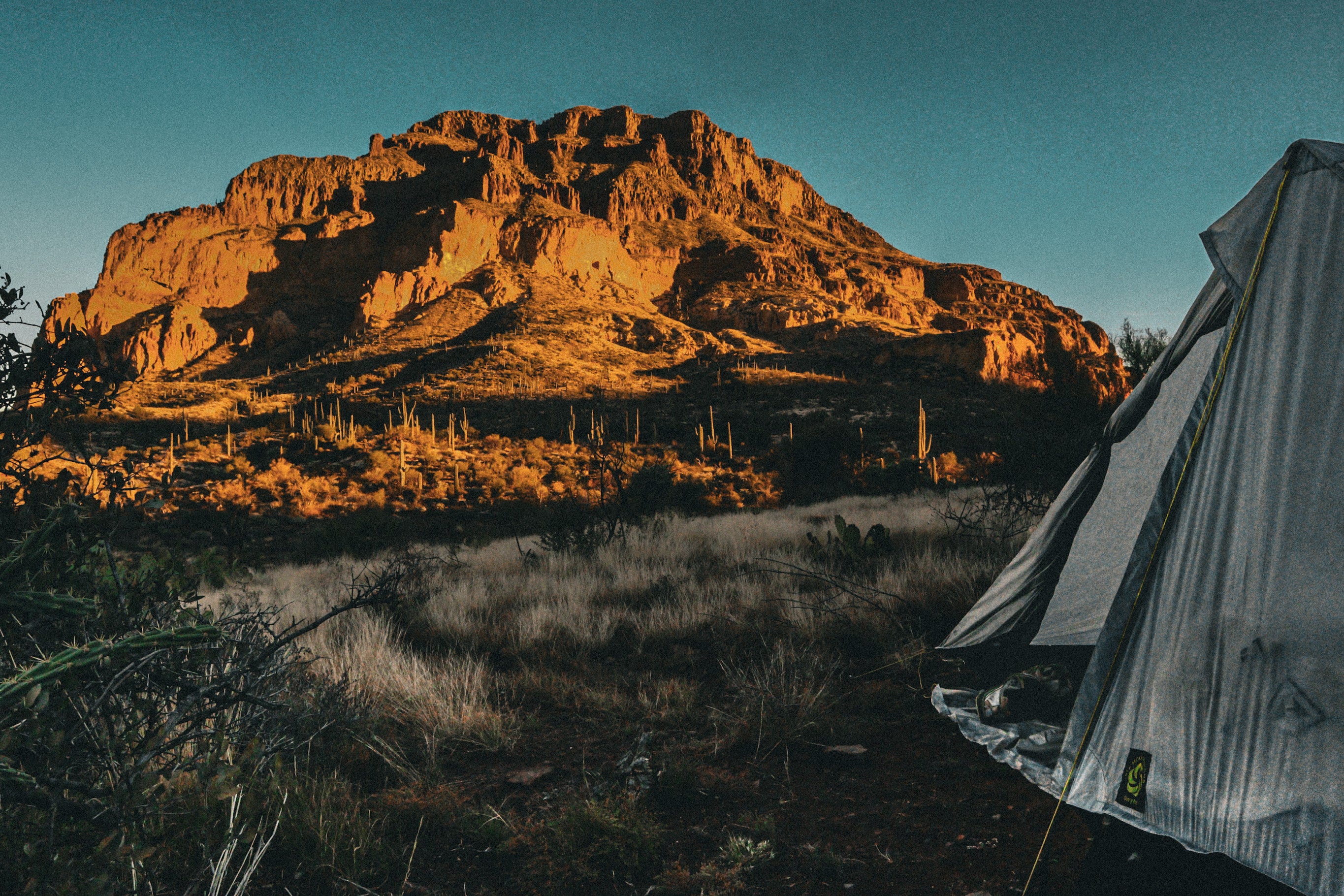
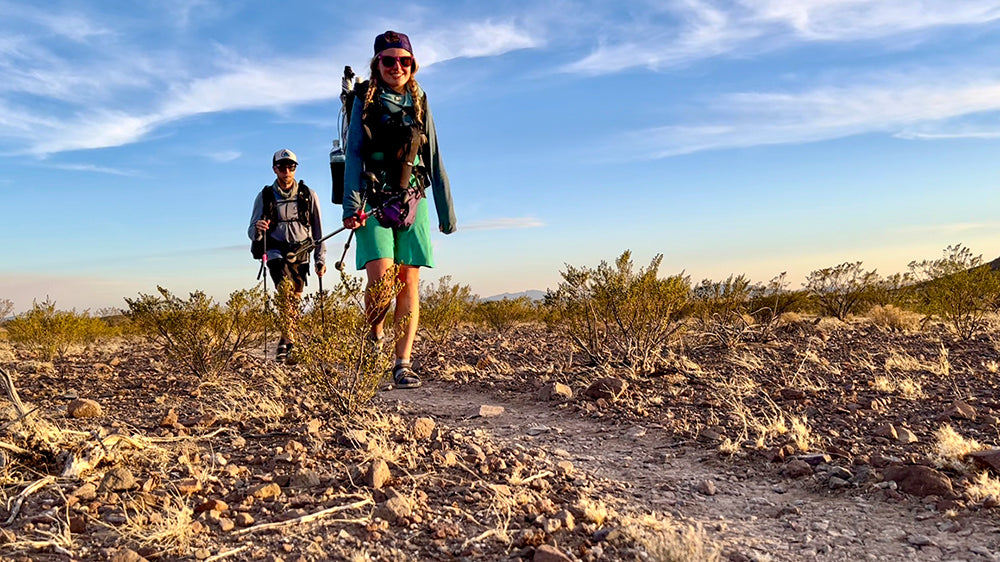
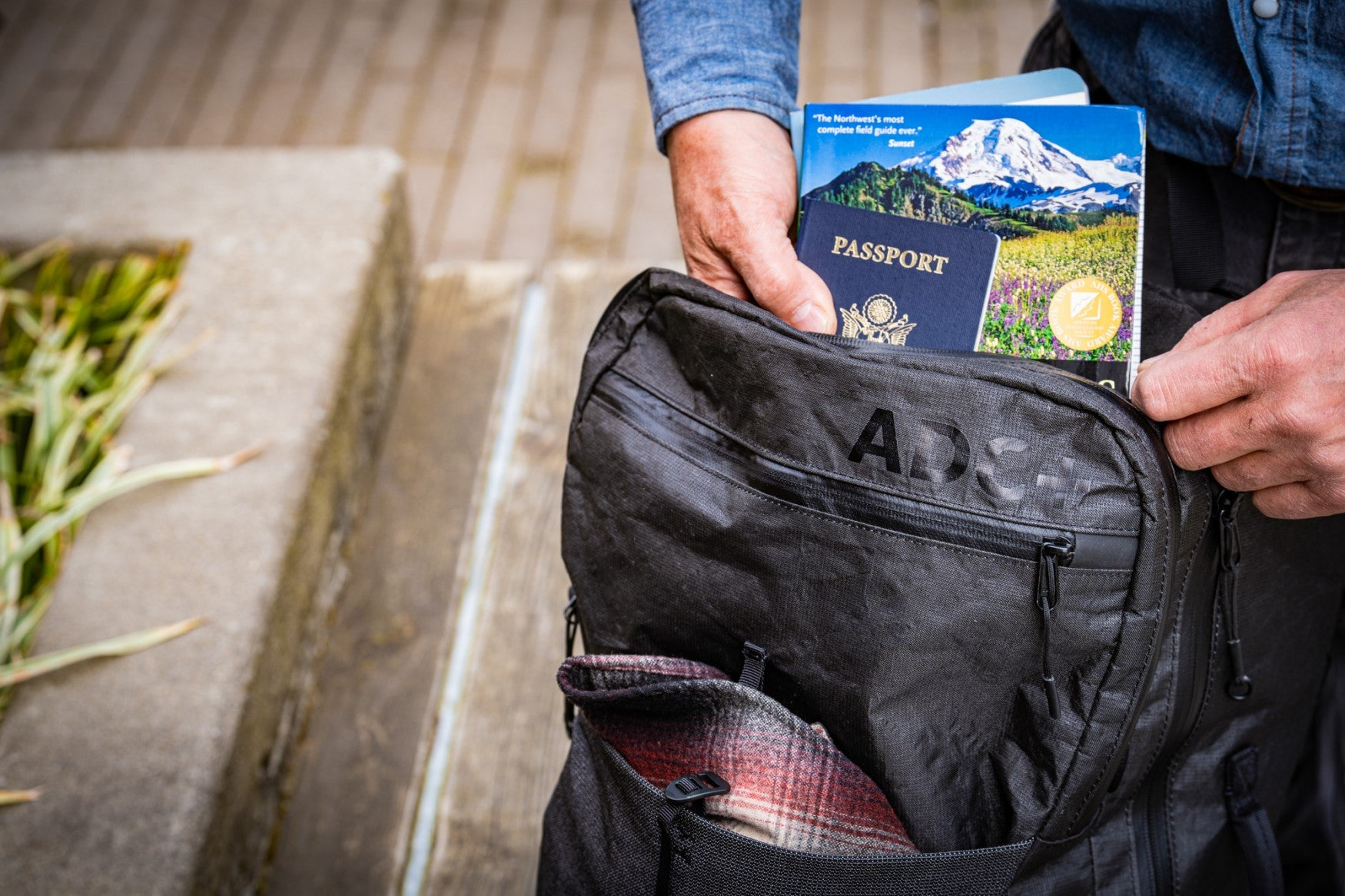
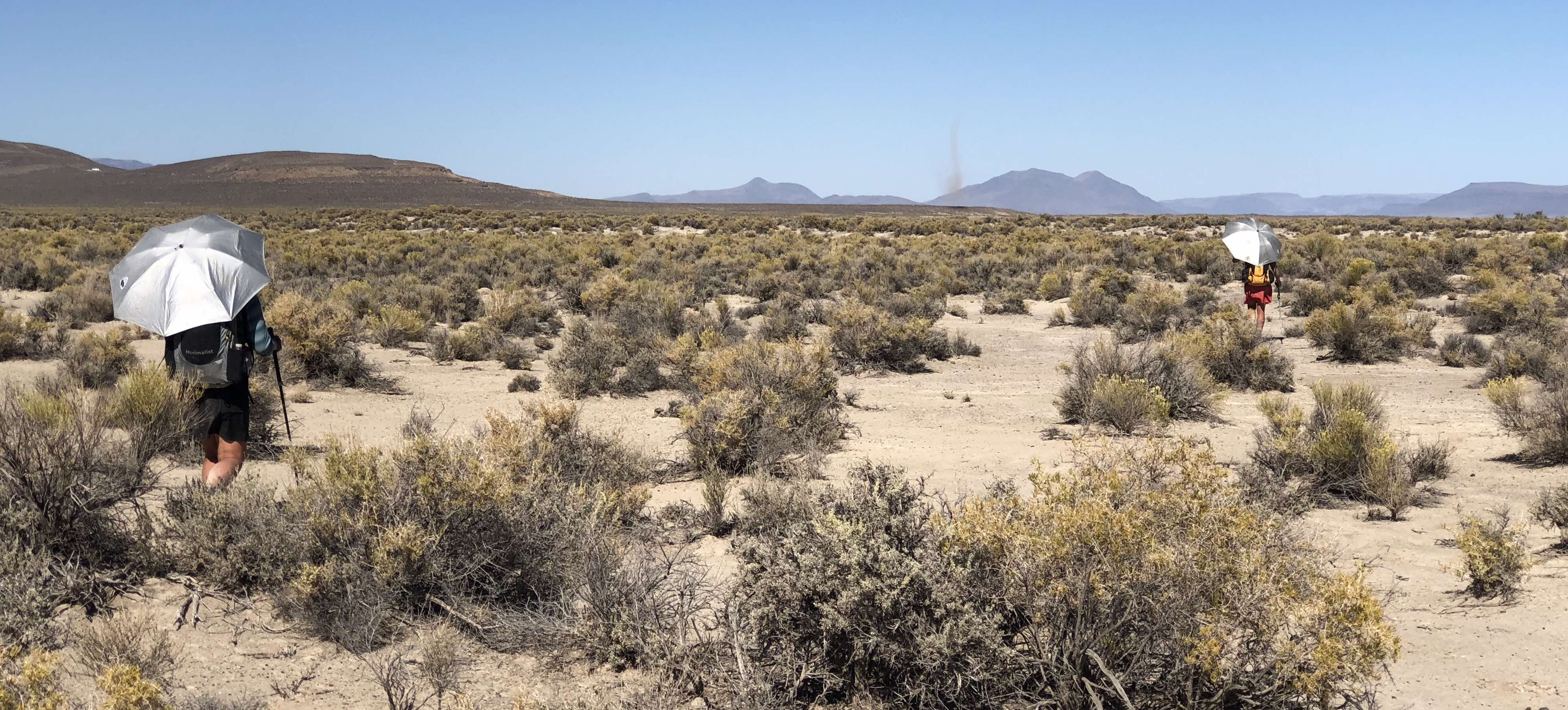
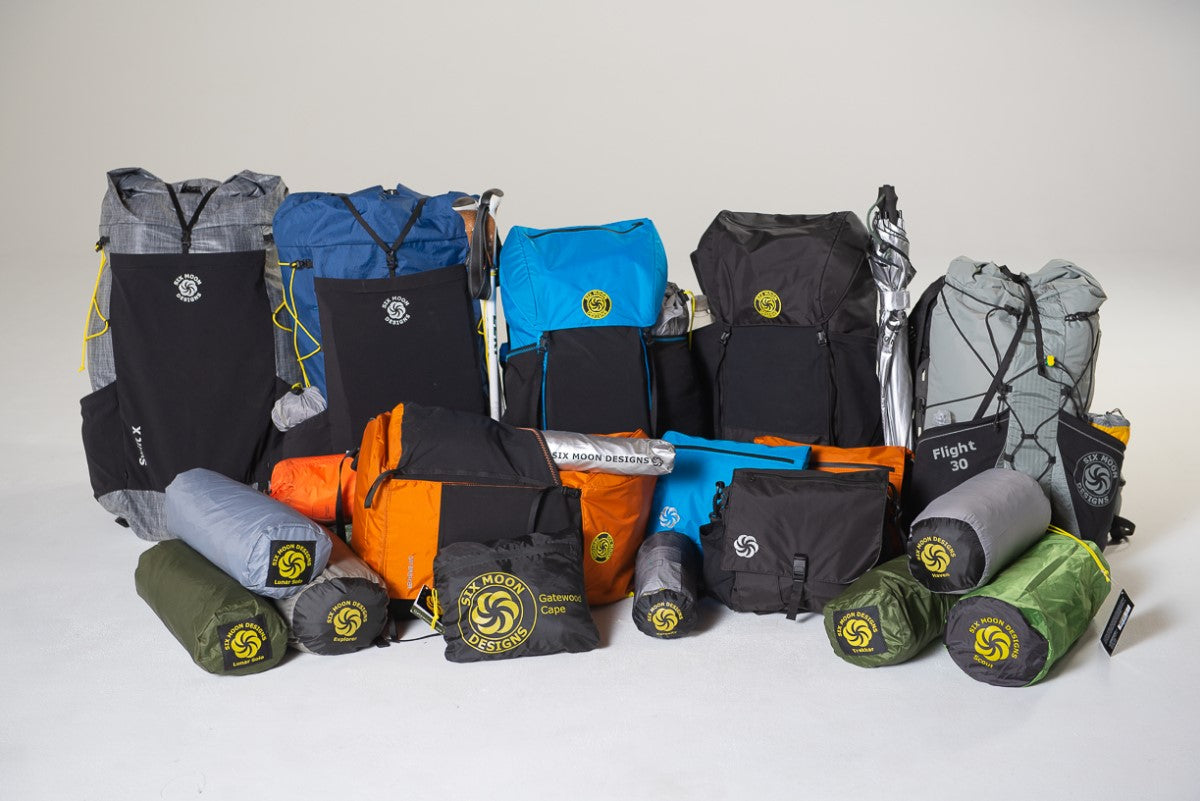
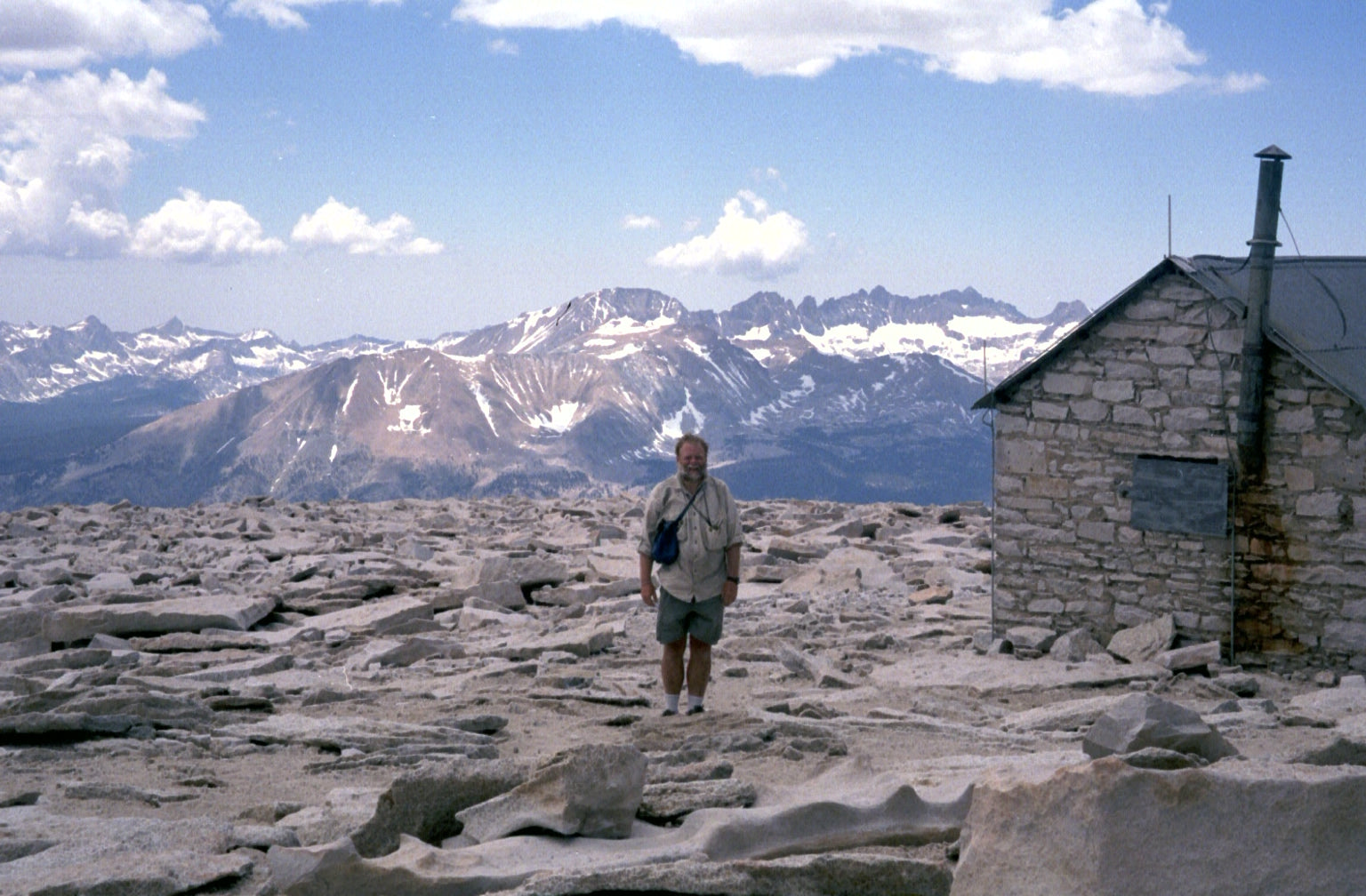
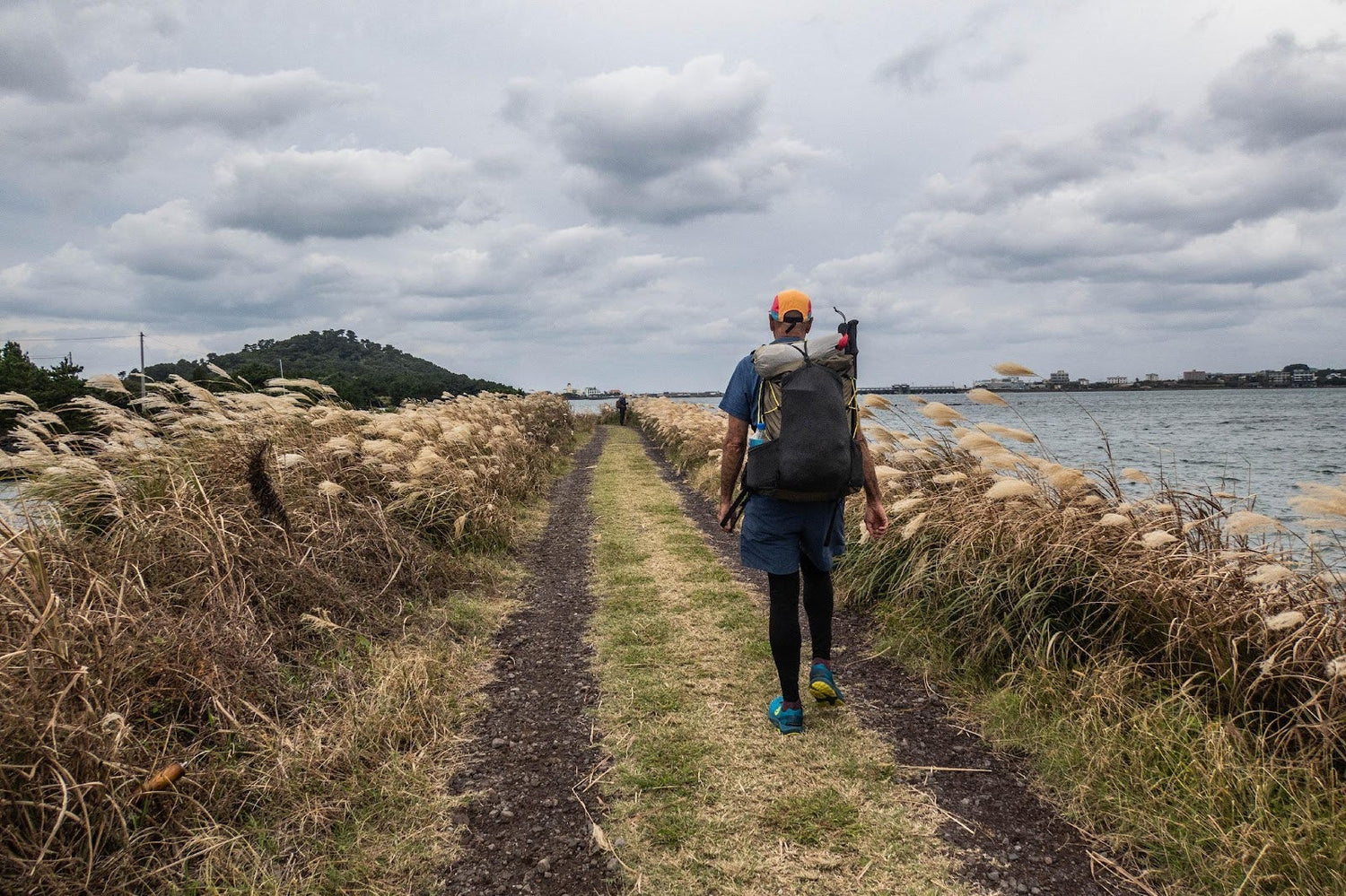
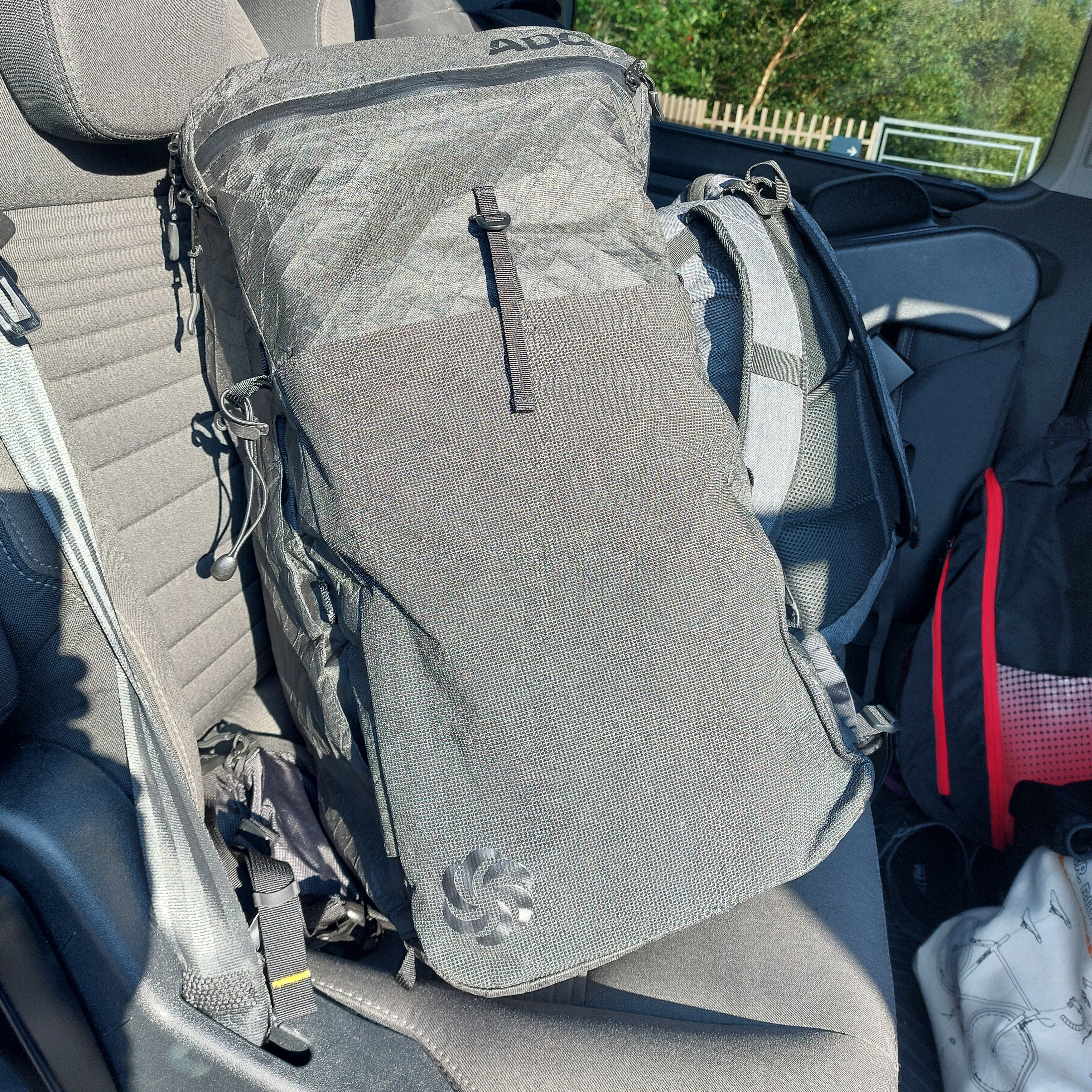
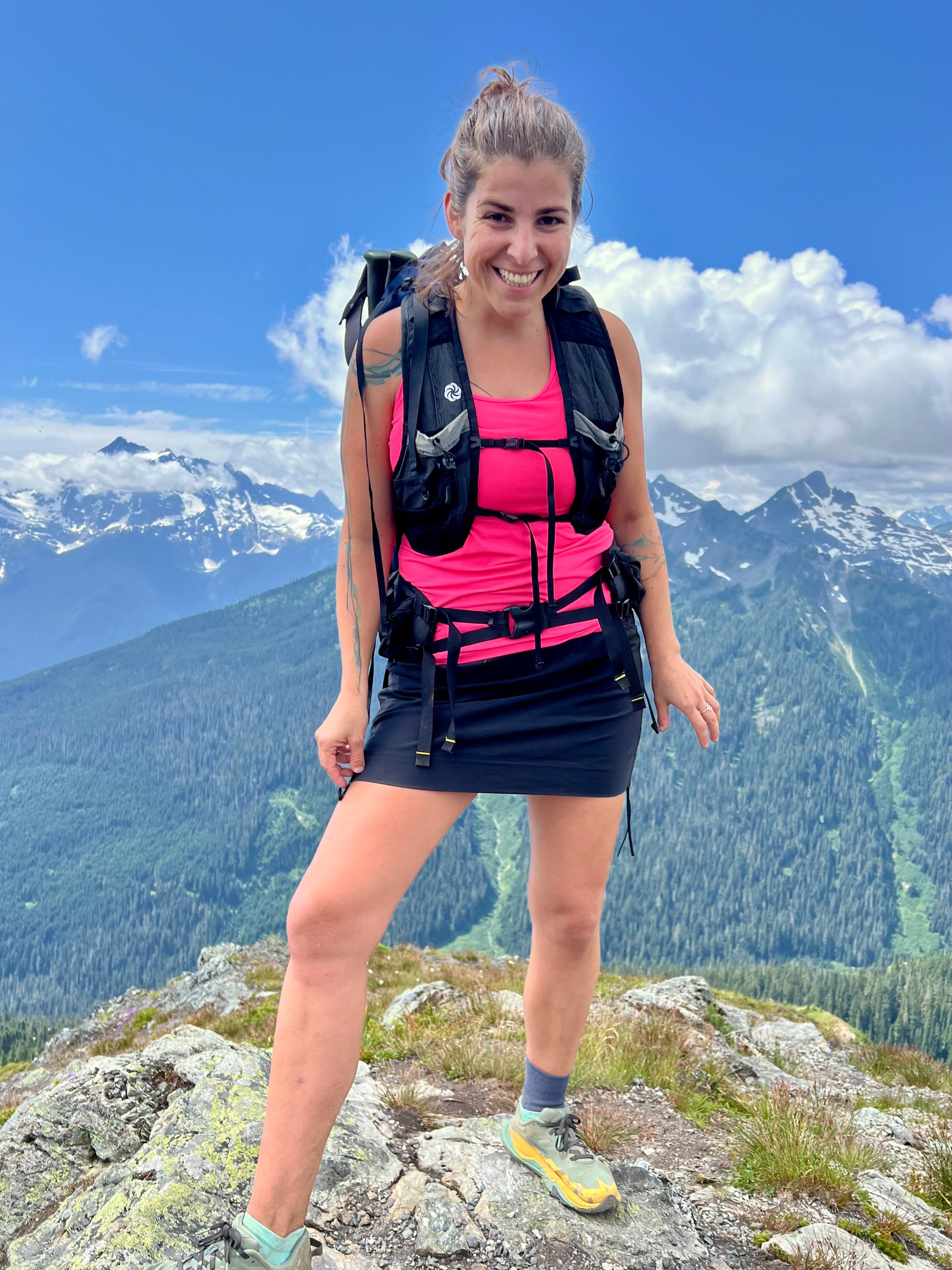
Leave a comment
This site is protected by hCaptcha and the hCaptcha Privacy Policy and Terms of Service apply.